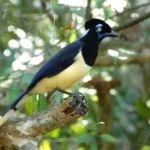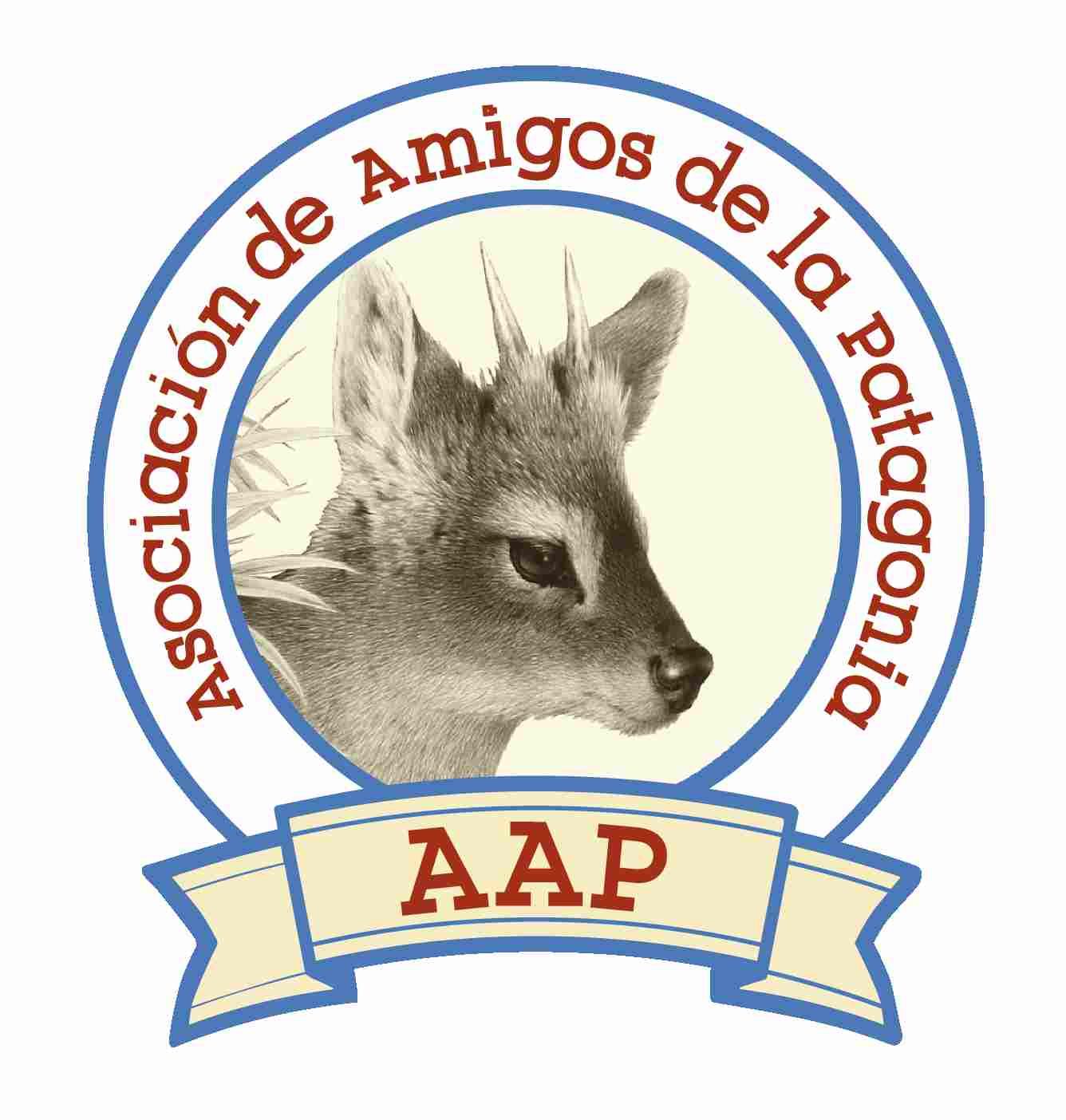
The Toco toucan (Ramphastos toco) is one of the most recognizable birds in South America, thanks to its oversized, brightly colored bill and striking black-and-white plumage. As the largest species of toucan, it’s often seen as a symbol of tropical forests and is a favorite among birdwatchers and photographers.
In Argentina, the Toco toucan lives primarily in the northeastern provinces, where lush forests and subtropical woodlands offer the perfect environment for this charismatic bird.
Where to Find It
The Toco toucan can be found in (is not that easy to see it though):
- Misiones Province, particularly around Iguazú National Park
- Parts of Corrientes and Formosa
- Forested and semi-open habitats near the Paraná and Uruguay Rivers
They inhabit a variety of environments, including:
- Subtropical rainforests
- Gallery forests
- Lightly wooded savannas
Although typically forest dwellers, they’re also seen near cleared areas, plantations, and even in rural gardens if fruit trees are available.
Physical Characteristics
The Toco toucan’s appearance is unforgettable:
- Size: Around 55–65 cm (22–26 inches) long
- Weight: 500–800 grams
- Bill: Bright orange, up to 20 cm (8 inches) long, with a black tip
- Body: Mostly black with a white throat and chest, and a splash of red under the tail
- Eyes: Encircled by a vibrant blue and orange patch of skin
Despite its size, the bill is lightweight, made of hollow keratin, and serves multiple purposes.
Behavior and Diet
Toco toucans are generally social and may travel in small groups or pairs:
- Often perch high in the canopy or treetops, making them easier to spot
- Move with short, hopping flights
- Emit deep, croaking calls and bill-clattering sounds
They are omnivorous, with a diet that includes:
- Fruits and berries (main diet component)
- Insects, lizards, eggs, and small birds
- They also help disperse seeds, playing a key ecological role in forest regeneration
Their long bills help them reach food deep inside tree cavities and pluck fruit without moving their entire body.
Conservation Status
The Toco toucan is currently listed as Least Concern by the IUCN, but habitat loss still poses a threat:
- Deforestation and land conversion for agriculture are the main risks
- They adapt better than other toucans to fragmented landscapes but still need tree cover for nesting and feeding
They are protected in Argentina’s national parks and reserves, and their visibility in places like Iguazú makes them an ambassador for bird conservation in the region.
Custom tours in Argentina
With its enormous bill and vivid colors, the Toco toucan is a true tropical spectacle. Observing one in the wild, hopping among fruiting branches or calling from the treetops, is a quintessential experience for wildlife lovers in Argentina.
Whether you’re exploring Iguazú’s jungle trails or enjoying the biodiversity of Misiones, keep your binoculars ready—the Toco toucan is never far away, and it’s always a delight to see.
We’re a local tour operator based in Buenos Aires, which offers custom tours in Argentina and Chile. We invite you to contact us, and start planning your next incredible journey to South America!
Get inspired by some of our travel ideas, listed below:
Puma Tracking Tour and Orca Watching
Mision Province & Ibera Wetlands
Orca Whale Watching in Patagonia Argentina
Iguazu Falls, Peninsula Valdes and the Wetlands
Where to see Penguins in Patagonia
Peninsula Valdes: Wildlife Tour
0












